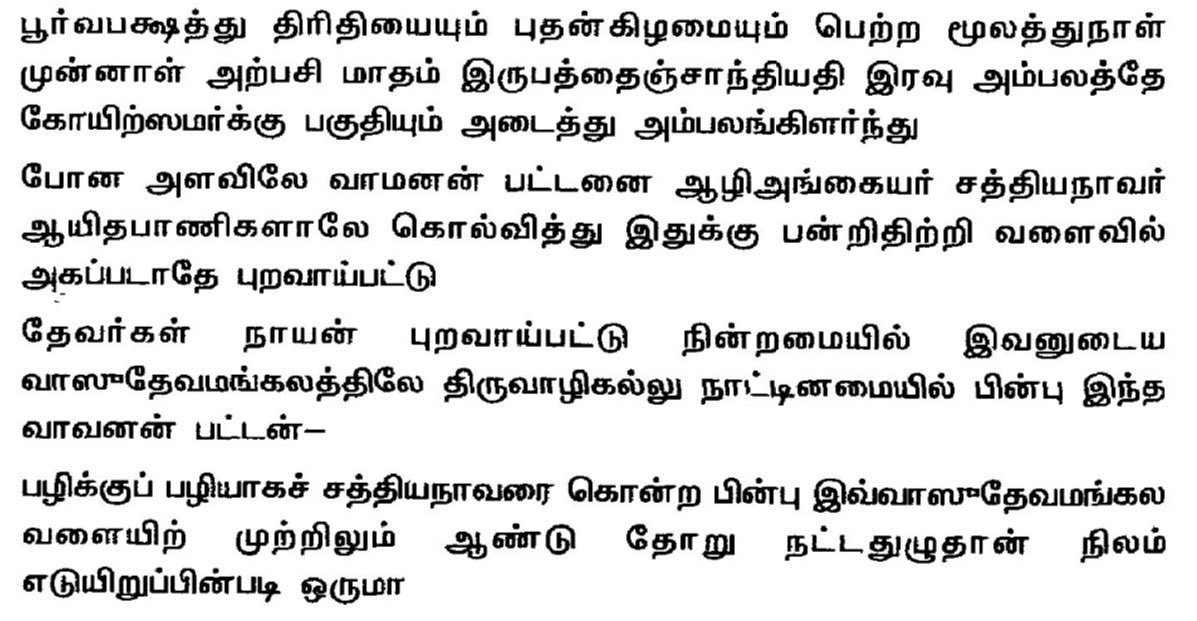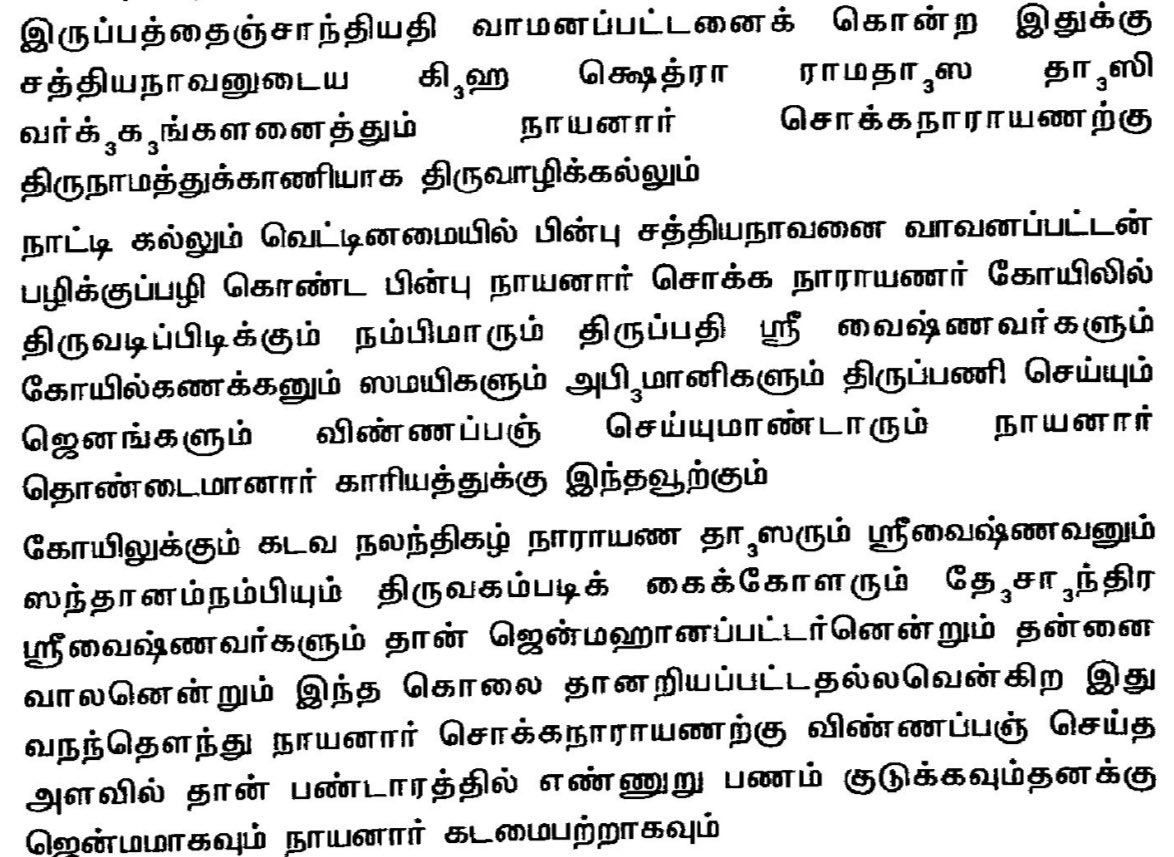Madurai Thala varalaaru says that during the “month of Ani in the year Rudrodhkari” (1323), “Adi Sultan” from Delhi came with 60000 horses & plundered the country. The sultan referred is Ulugh Khan aka Mohammed Bin Tughlaq. It says that he “destroyed Siva & Vishnu temples 



Plundered temple treasures (sripandaram), mutilated images (bimbam) on the way & reached Trichy”. Alarmed by this, the Sthanikas (Sivacharyas) of Madurai temple made a “Kilikkoondu” -cage for the Swami in garbhagraha, raised the earth mounds, blocked the entrance of the sanctum 

with a wall & set up another Linga in the Mandapa. They made Ashtabandhana in the Vimana of Swami shrine and hid the Goddess Meenakshi. They did Bhupadanam (buried on the ground) of Utsava Vigrahas near the Muchukundeeswaraamudaiyar shrine. They made Kulasekara Perumal, who 

was doing Pooja in the Kariyamanickaperumal temple, as in charge of Madurai temple. Then the Sthanikas left with the Golden Vigrahas of Swami & Ambal to the Nanjil Nadu. After this, Madurai was attacked by Ulugh Khan. 14 Gopuras of temple, Panchatchara Thirumathil, all Mandapas 



in the shrine & temple tank were all destroyed by his troops. Only the Sanctum escaped the fury. How did it escape ? That’s an interesting story #ChithiraiThiruvizha
• • •
Missing some Tweet in this thread? You can try to
force a refresh

 Read on Twitter
Read on Twitter















